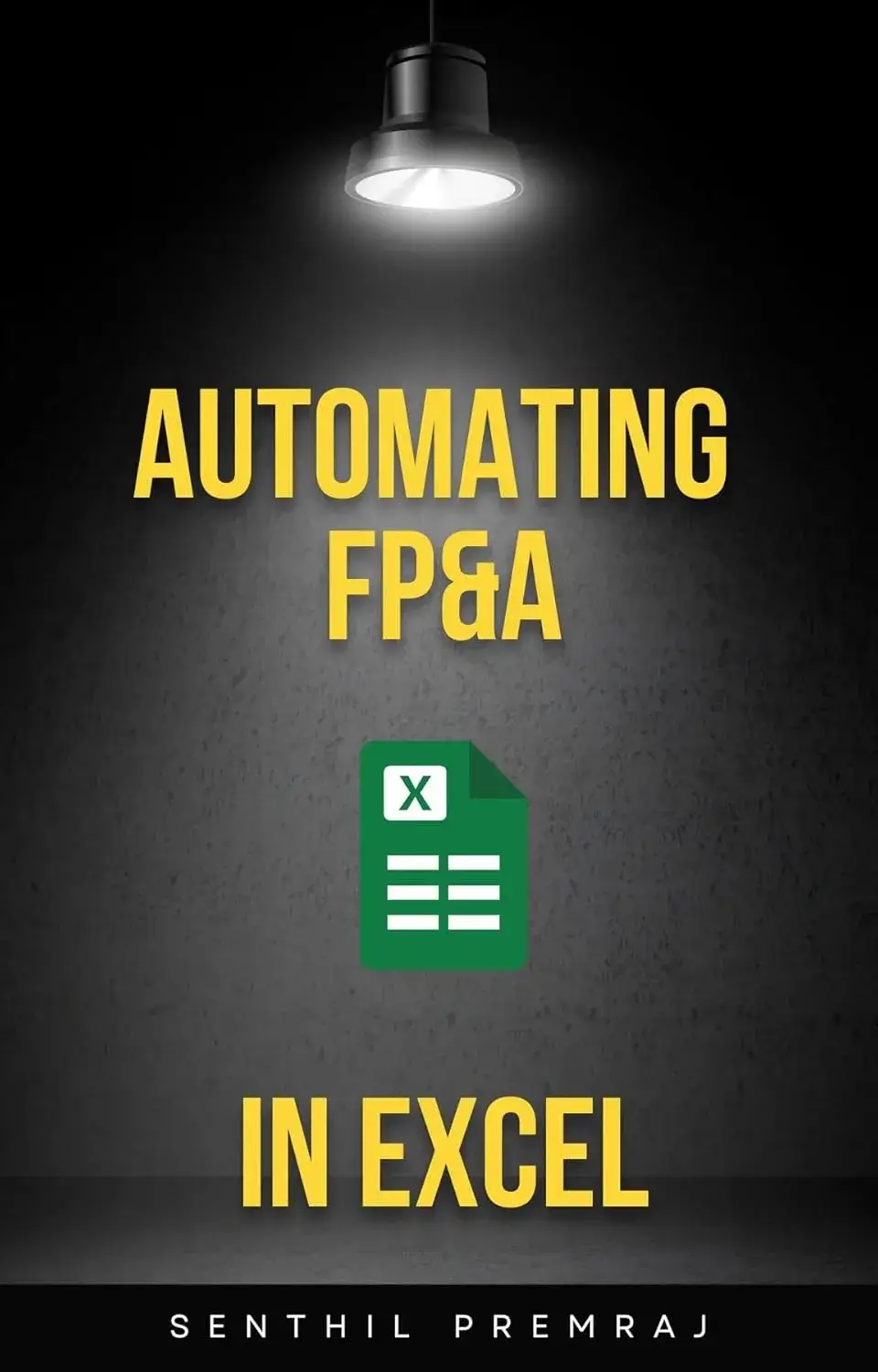As businesses navigate increasingly intricate financial landscapes, selecting the right reporting tool becomes pivotal to operational efficiency and strategic decision-making. While Reach Reporting and PivotXL both enhance financial workflows, their architectures cater to distinct organizational needs. This analysis explores their differences and underscores why PivotXL is the preferred solution for enterprises requiring robust data consolidation, cross-functional analytics, and scalable automation.
Core Functionalities and Target Users
Reach Reporting: Simplified Visualization for Standardized Reporting
Reach Reporting specializes in transforming accounting data into visually engaging dashboards and standardized reports. Its integration with platforms like QuickBooks, Xero, and enables users to generate client-ready financial statements. The platform appeals to mid-sized firms and accounting departments seeking to streamline presentations without deep technical expertise.
PivotXL: Unified Data Ecosystem for Enterprise Analytics
PivotXL transcends basic visualization by acting as a central hub for ERP systems, CRMs, HRIS platforms, and external databases. Its proprietary cube architecture allows multi-dimensional analysis—combining financial, operational, and strategic data into a single interface. Designed for finance teams at scaling enterprises, PivotXL automates complex workflows like multi-currency consolidations, scenario modeling, and interdepartmental budgeting. A multinational retailer, for instance, reduced month-end closing cycles by 30% using PivotXL’s automated inter-company eliminations and real-time currency conversion.
PivotXL vs Reach Reporting: Key Differentiators
1. Multi-Source Data Harmonization
PivotXL’s Data Cube engine supports what-if analyses, such as:
- Modeling the impact of interest rate hikes.
- Simulating mergers by merging historical data from acquisition targets.
- Stress-testing budgets against fluctuating commodity prices.
Reach Reporting’s forecasting tools, while user-friendly, lack the computational depth for multi-variable simulations, limiting strategic agility.
3. Enterprise-Grade Collaboration and Governance
PivotXL includes granular access controls, audit trails, and workflow automation—critical for organizations complying with SOX, GDPR, or industry-specific regulations. Teams collaboratively update forecasts, track version histories, and route approvals within the platform, eliminating spreadsheet sprawl. In contrast, Reach Reporting’s collaboration features focus on report sharing rather than governance, posing risks for regulated industries.
4. Scalability for Complex Organizational Structures
Businesses with subsidiaries, joint ventures, or global operations benefit from PivotXL’s automated consolidation engine, which handles intercompany transactions, minority interests, and currency translations. Reach Reporting struggles with multi-entity hierarchies, often requiring manual reconciliations that introduce errors.
When to Choose PivotXL Vs Reach Reporting
Use Case 1: Multi-Departmental Financial Planning
Organizations needing input from sales, operations, and HR in their financial models should opt for PivotXL. Its CRM and HRIS integrations enable unified planning, whereas Reach Reporting cannot incorporate non-accounting data like sales pipelines or workforce costs.
Use Case 2: Compliance-Driven Industries
PivotXL’s audit trails, role-based permissions, and automated reconciliations ensure compliance in sectors like banking, healthcare, and energy. Reach Reporting’s lack of granular controls makes it unsuitable for SOX or IFRS 17 reporting.
Use Case 3: Mergers, Acquisitions, and Divestitures
PivotXL’s data mapping tools simplify post-merger integrations by harmonizing disparate chart of accounts and ERP systems. Reach Reporting lacks the structural flexibility to merge legacy data from acquired entities.
Use Case 4: Real-Time Operational Analytics
Manufacturers and retailers use PivotXL to correlate inventory turnover (from ERPs) with financial performance, enabling just-in-time procurement strategies. Reach Reporting’s static dashboards cannot refresh operational metrics in real time.
Conclusion: Future-Proofing Financial Operations with PivotXL
Reach Reporting remains a viable option for firms prioritizing speed and simplicity in financial visualization. However, PivotXL emerges as the superior choice for enterprises navigating complexity. By unifying disparate systems, automating high-stakes workflows, and enabling predictive analytics, PivotXL transforms finance teams from reporters into strategic advisors. Organizations investing in scalability, compliance, and cross-functional agility will find PivotXL’s advanced capabilities indispensable in an era where data fragmentation is the greatest barrier to growth.



